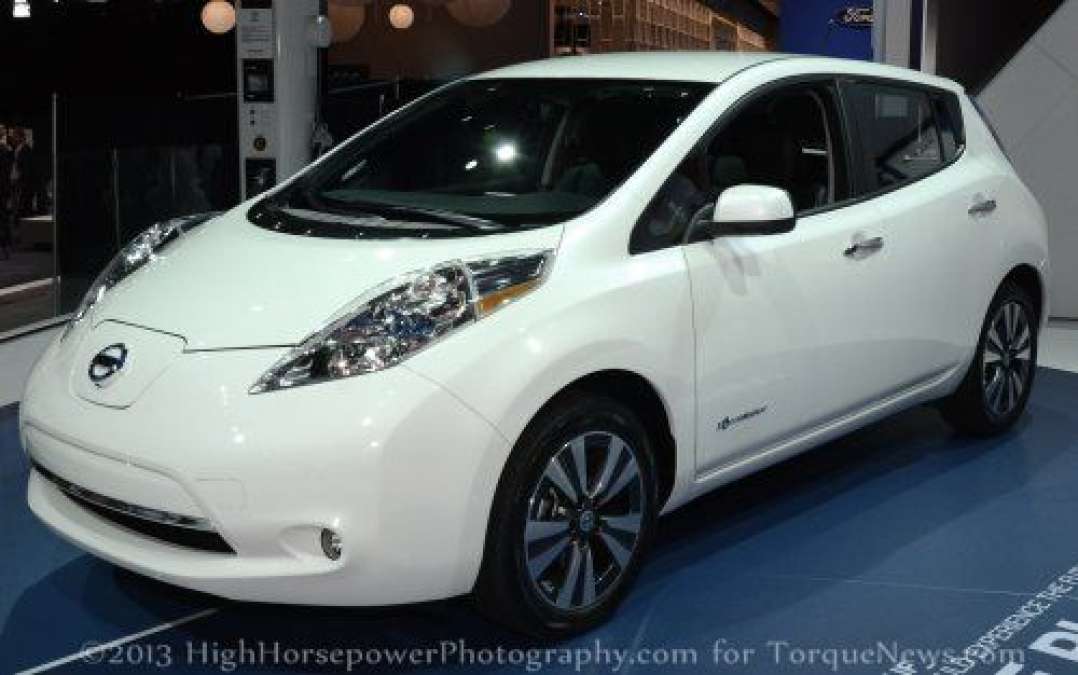When the Nissan Leaf was introduced back in 2010, the early deliveries were slowed by production constraints as the Japanese automaker worked to satisfy the first 20,000 pre-orders. The main problem was that the company was building the Leaf in Japan and shipping units to markets around the world but it wasn’t that big of a problem as Nissan only needed to supply enough EVs to satisfy the demand in those early, select US markets. Fortunately, Nissan launched production of the Leaf at the plant in Smyrna, Tennessee and that increased production capacity allowed the Leaf to surge ahead of the Chevy Volt in monthly sales through the early parts of this year.
However, as sales of the Nissan Leaf have spread to new markets around the US, the company is once again unable to provide enough units around the country to meet the increased level of demand. The increased production capacity thanks to the efforts of the Smyrna plant allowed Nissan to comfortably meet the demand of those initial markets in west coast areas like San Francisco and Seattle east coast locations like New York but increased interest throughout the American Midwest has once again caused demand for the Leaf to exceed the current production capacities. According to Automotive News, Midwestern cites including Dallas, St Louis and Chicago have seen a boom in Leaf and EV segment interest along with some southern east coast cities like Raleigh and Atlanta – which has become the Leaf’s 3rd best market in the US.
One advantage of selling a bunch of cars in one general area is that the automaker doesn’t need to worry about getting as many vehicles to smaller dealerships in, say, California because if a given dealership doesn’t have a Nissan Leaf in stock, they can make a call to a nearby dealership to set up a dealer trade to make the sale. Nissan could send a bunch of Leaf EVs to California last year - where roughly 37% of all Leafs sold in the US were purchased in 2012 – and if dealership A doesn’t have one, they can make a call to dealership B that is an hour away to see about getting a Leaf out of their new car stock. However, that doesn’t work for these budding Midwest markets as when there is only 1 Leaf in a 300 mile radius, there is no one else in the area that can be called to save the sale.
If a Nissan dealership in Dallas sells the one Leaf that they have in stock and another prospective buyer comes in, there probably aren’t a half dozen other dealerships in the area with a Leaf to sell. Since these budding areas are slower to accept the all electric Leaf, Nissan is less likely to just send a bunch of vehicles into that area when higher volume markets (like California or Atlanta) are more in need of those same vehicles. If Nissan was capable of producing the Leaf at a higher volume, they would be able to make sure that these young EV markets would have more than enough vehicles to not only meet the demand but to also have a vehicle in dealerships for buyers to come experience in person. However, with the Leaf being such a hot commodity around the country, these budding markets are unable to offer up vehicles to hopeful buyers.
In the long run, the Nissan Leaf will have a hard time keeping up with the Chevrolet Volt if the Japanese automaker is unable to satisfy the demand. While Nissan is unable to build enough vehicles to meet the demand in their various markets around the world, General Motors has made darn sure that there are enough Chevy Volts to go around. While the Volt is sold in some European markets as the Opel and Vauxhall Ampera, GM has put an emphasis on their home market – which happens to also be the highest volume market. Until Nissan is able to significantly increase production of the Leaf, the Japanese automaker has a tough uphill battle to be the top dog in the American electric vehicle segment.
Source: Automotive News





